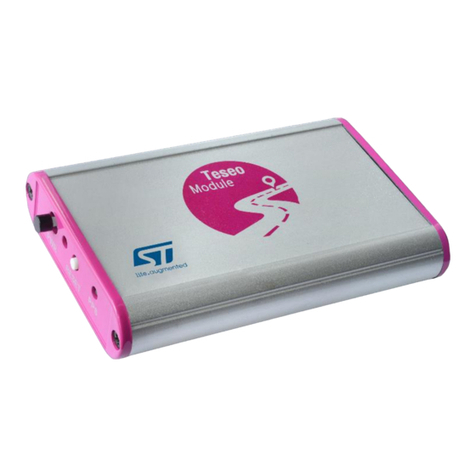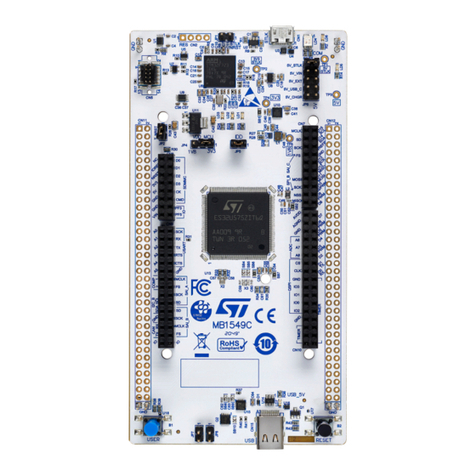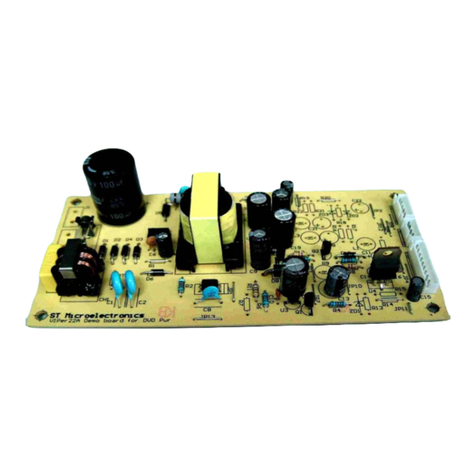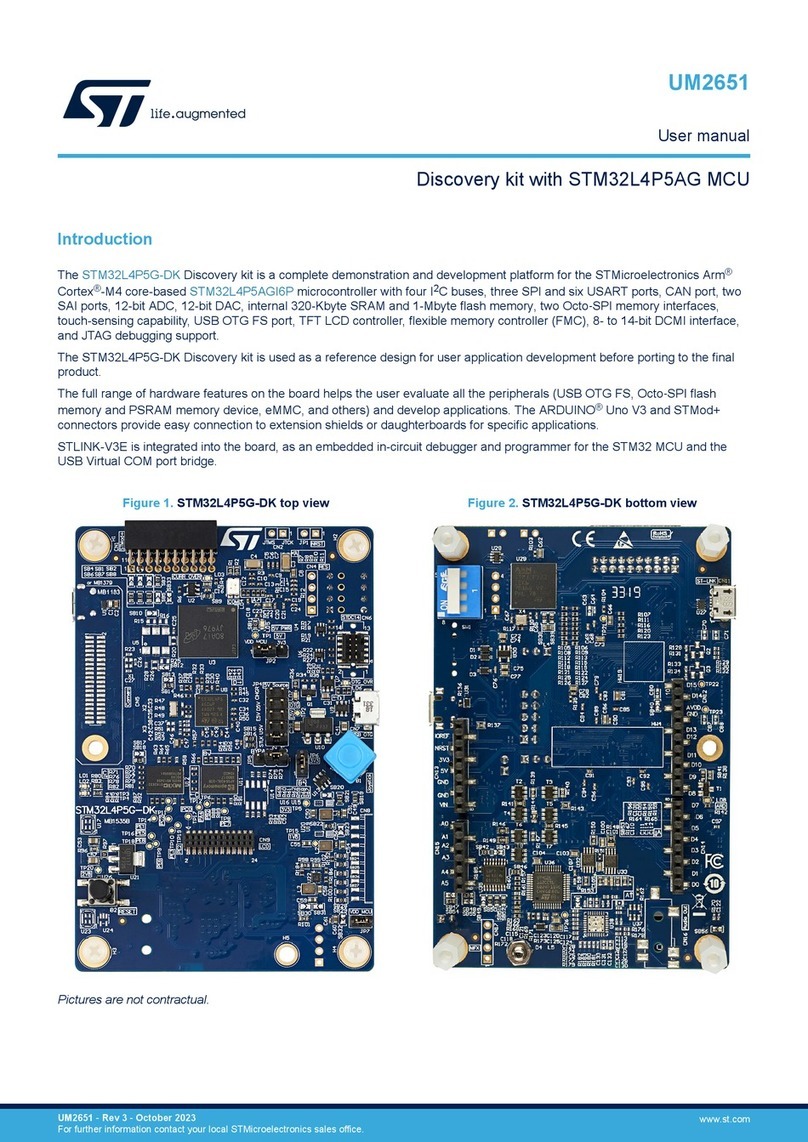ST STR730-EVAL User manual
Other ST Motherboard manuals
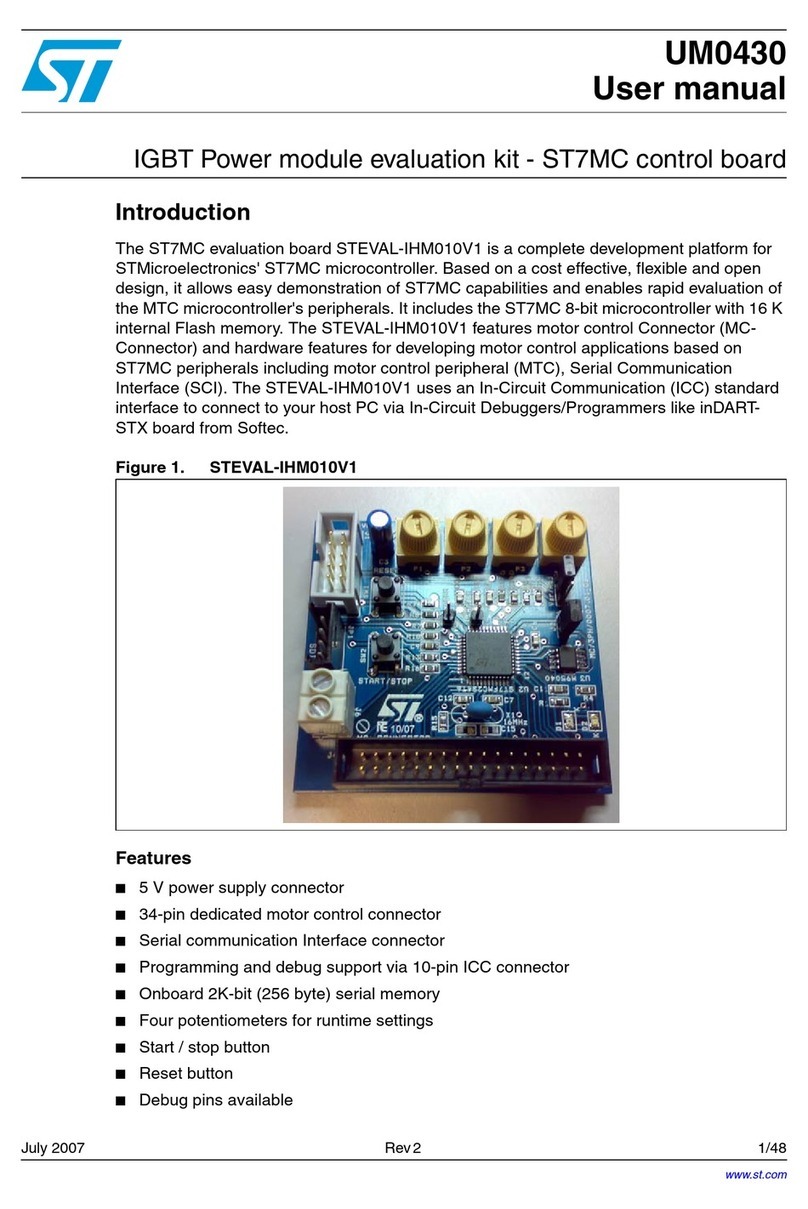
ST
ST STEVAL-IHM010V1 User manual
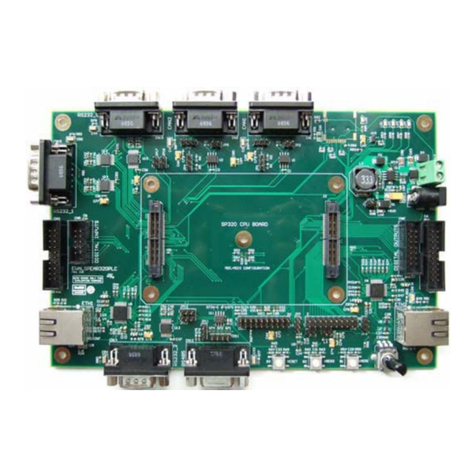
ST
ST EVALSPEAr320PLC User manual
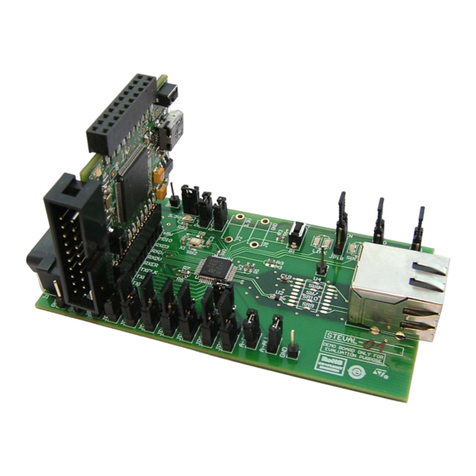
ST
ST STEVAL-PCC010V1 User manual
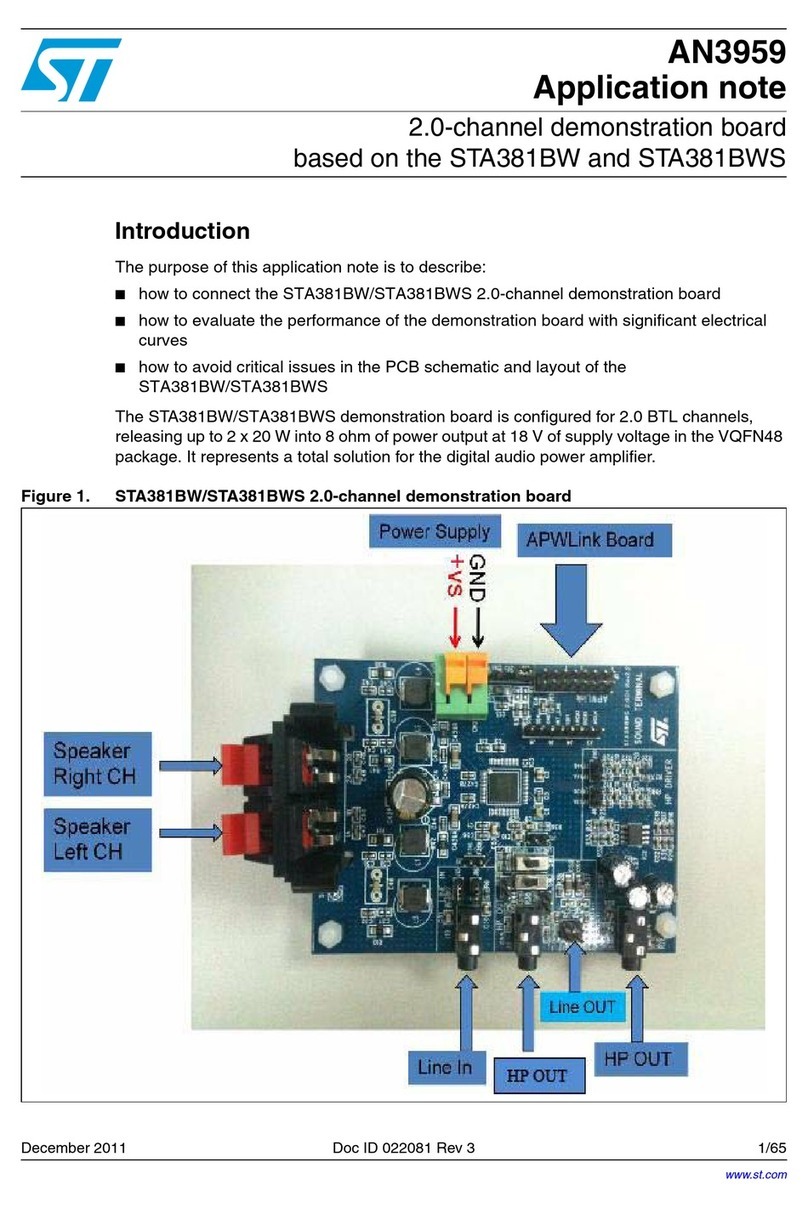
ST
ST AN3959 Installation and operating instructions
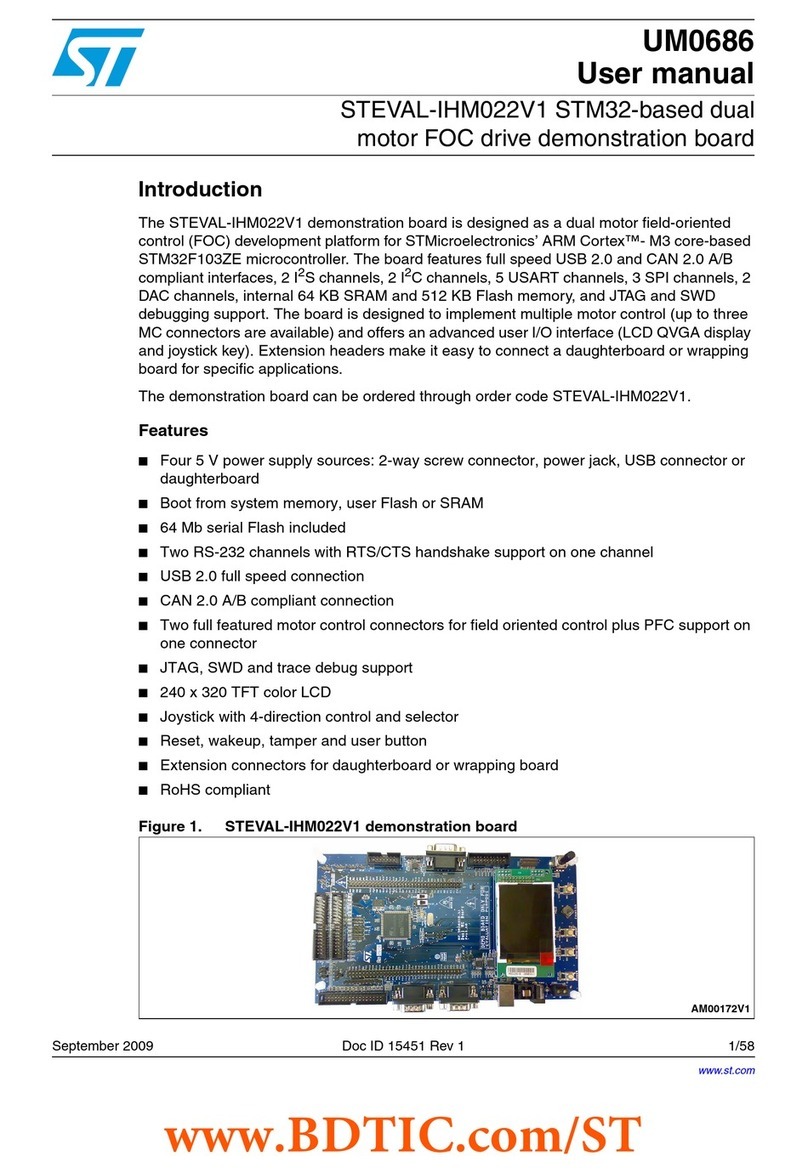
ST
ST STEVAL-IHM022V1 User manual
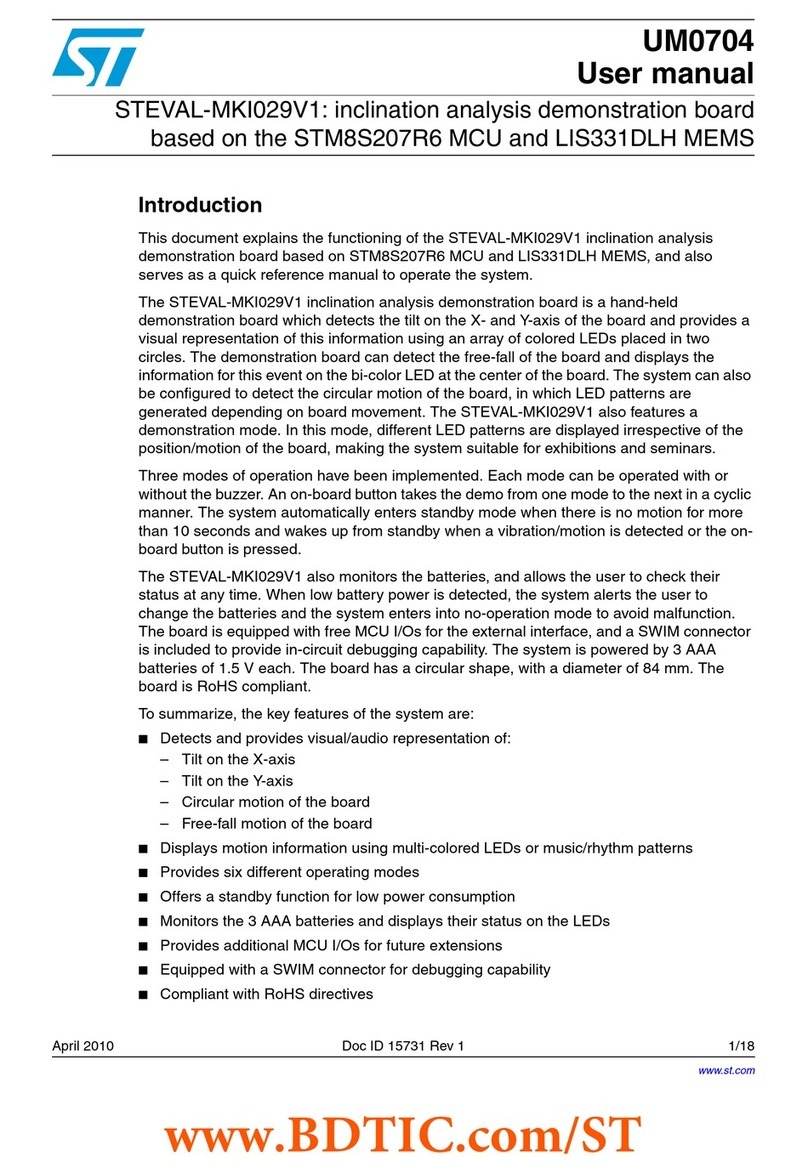
ST
ST UM0704 User manual
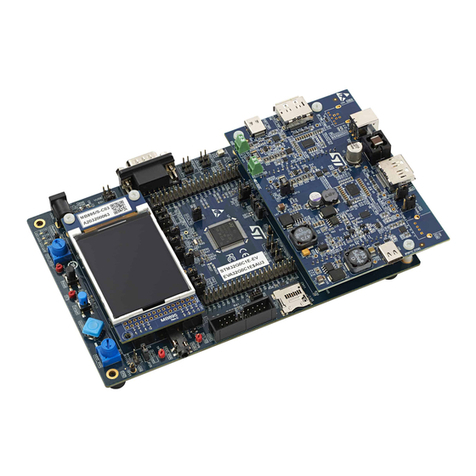
ST
ST STM32G0C1E-EV User manual
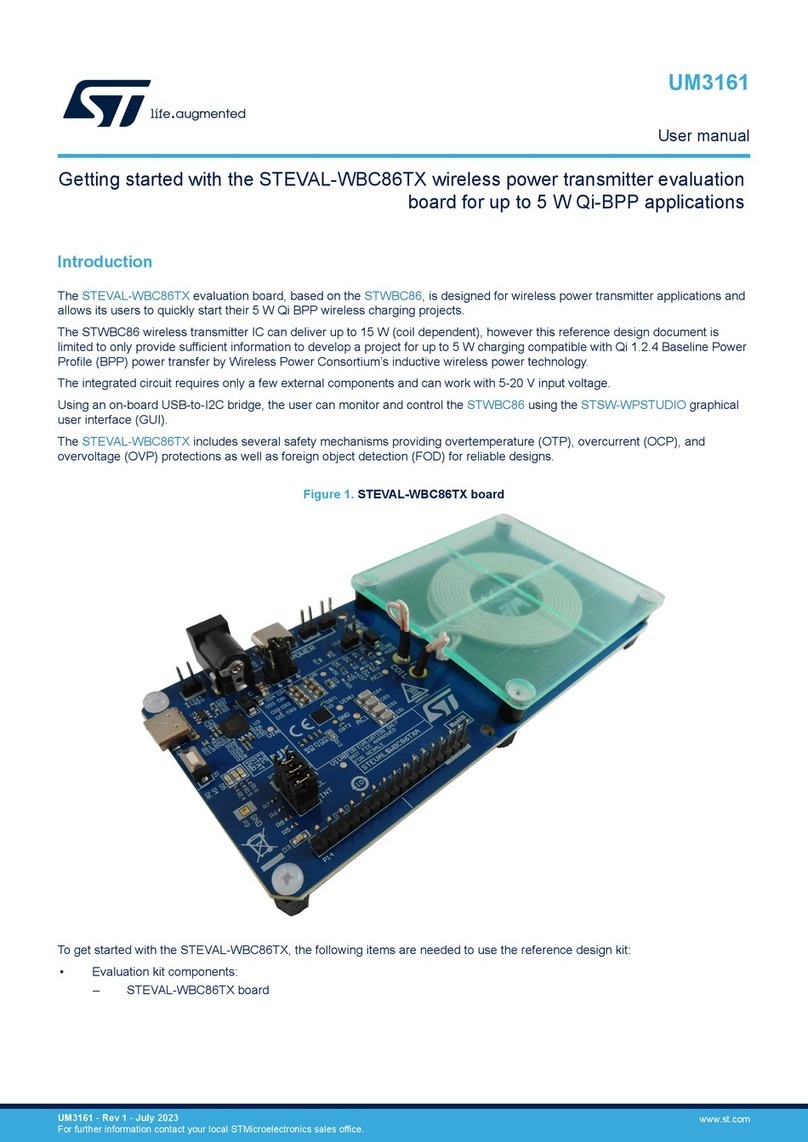
ST
ST STEVAL-WBC86TX User manual
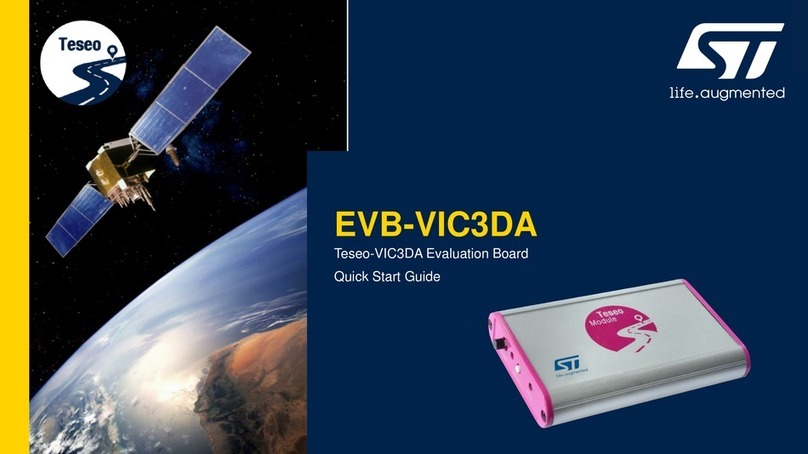
ST
ST Teseo-VIC3DA User manual
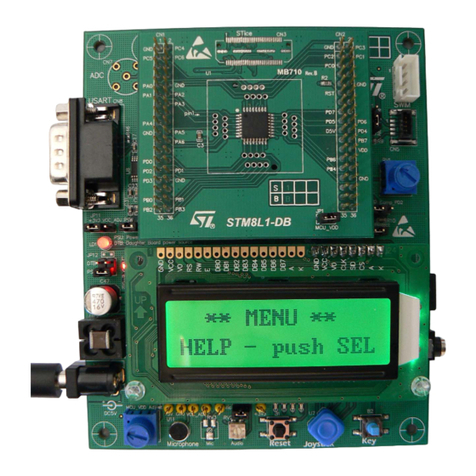
ST
ST STM8L101-EVAL User manual

ST
ST UM2711 User manual
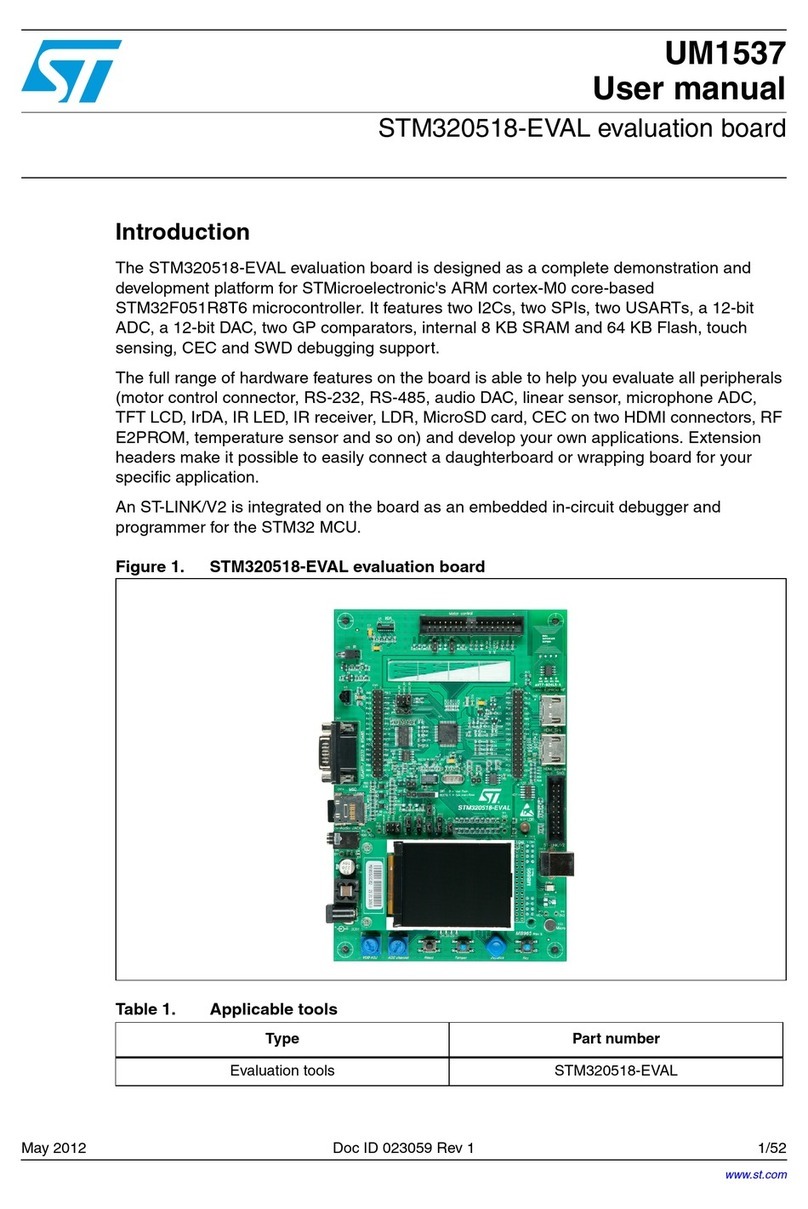
ST
ST STM320518-EVAL User manual
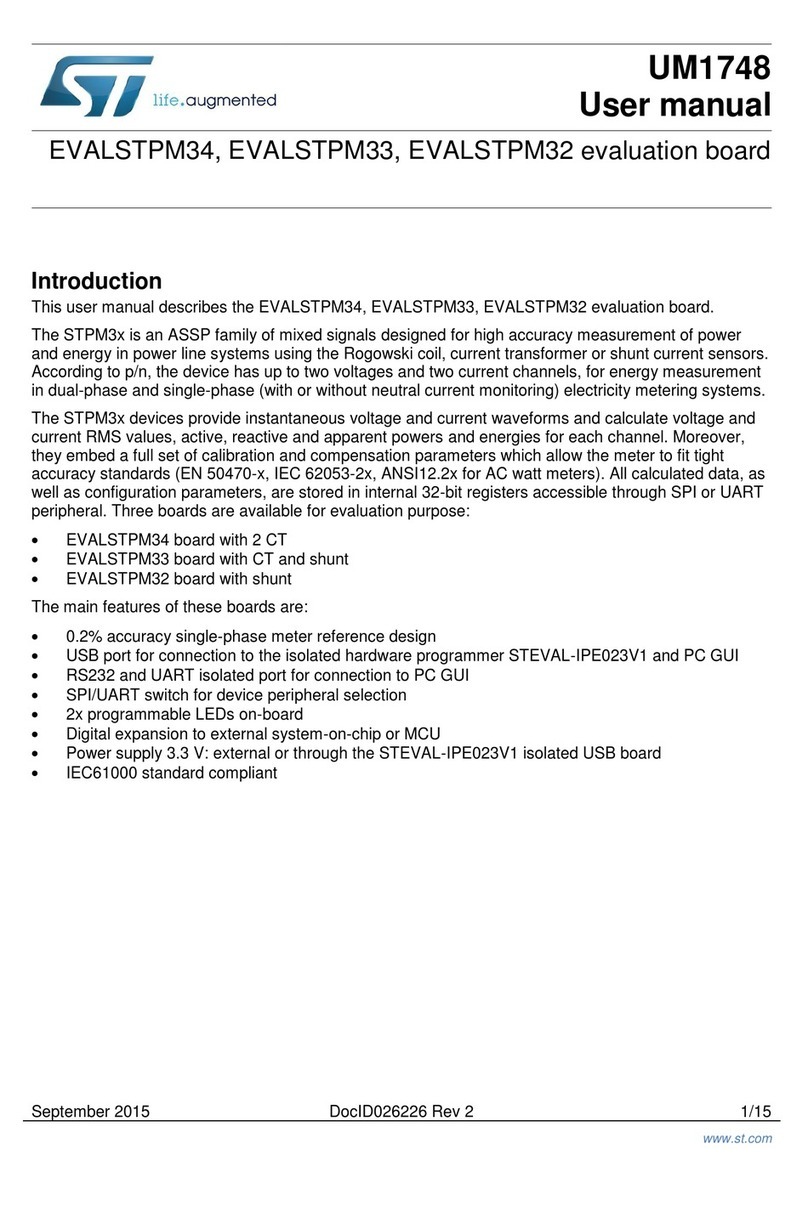
ST
ST EVALSTPM34 User manual

ST
ST STLINK-V3SET User manual
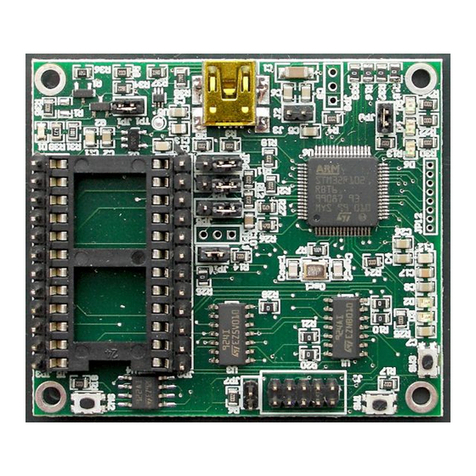
ST
ST STM32F103RET6 User manual
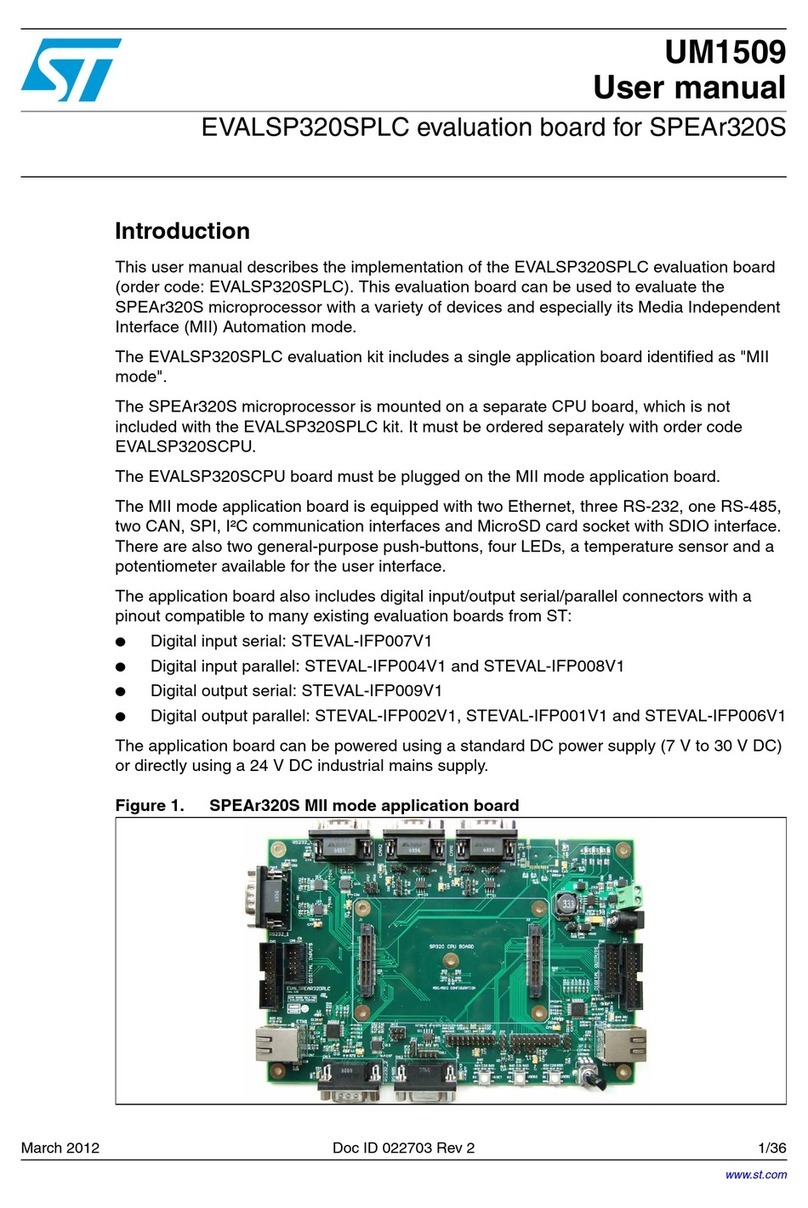
ST
ST UM1509 User manual
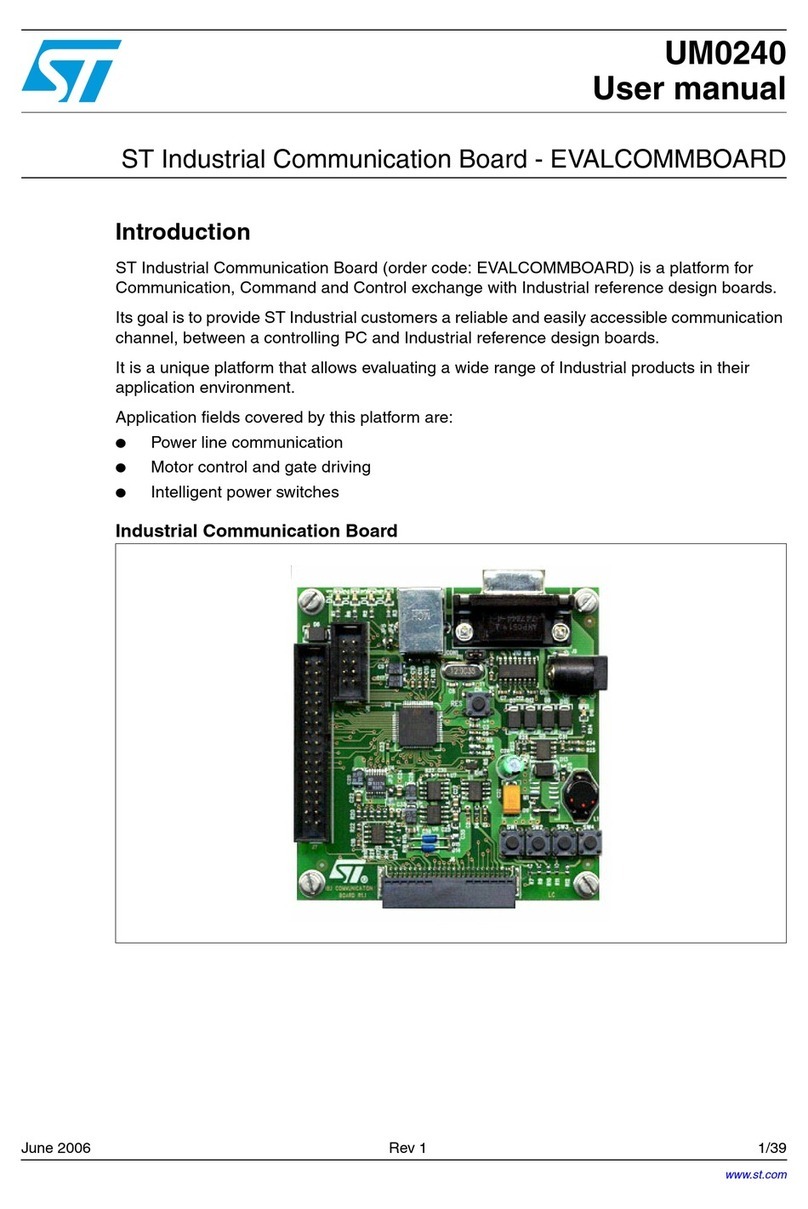
ST
ST EVALCOMMBOARD User manual
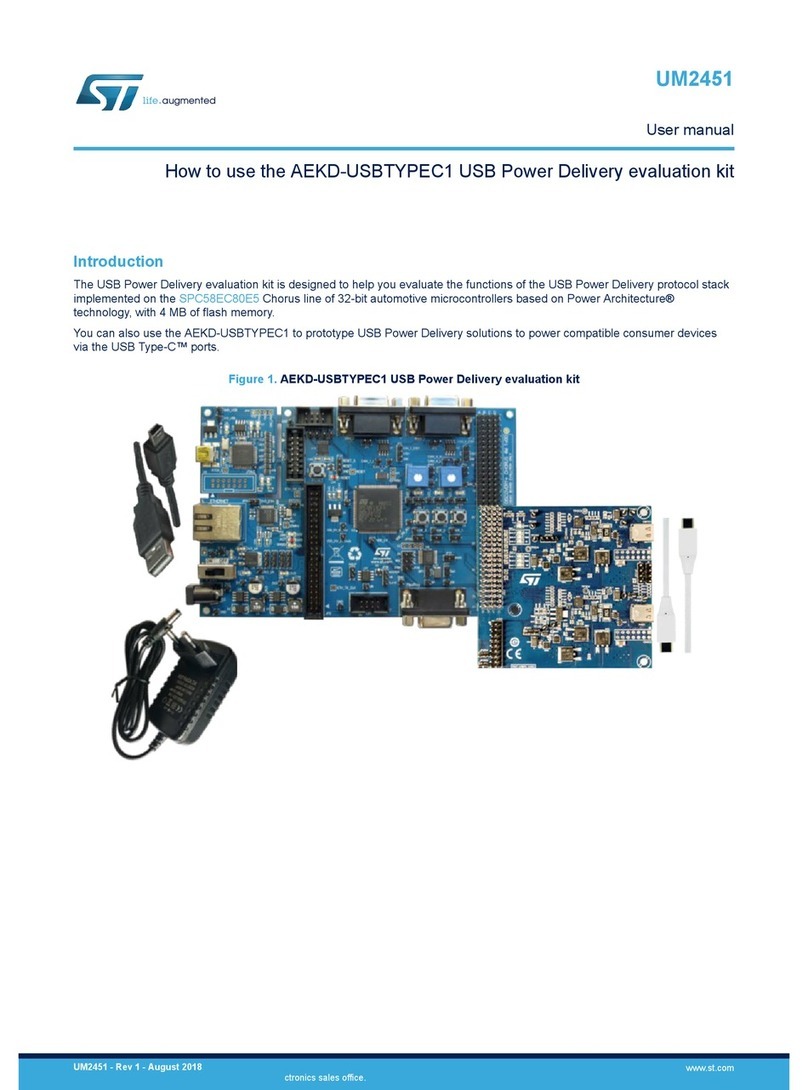
ST
ST AEKD-USBTYPEC1 User manual
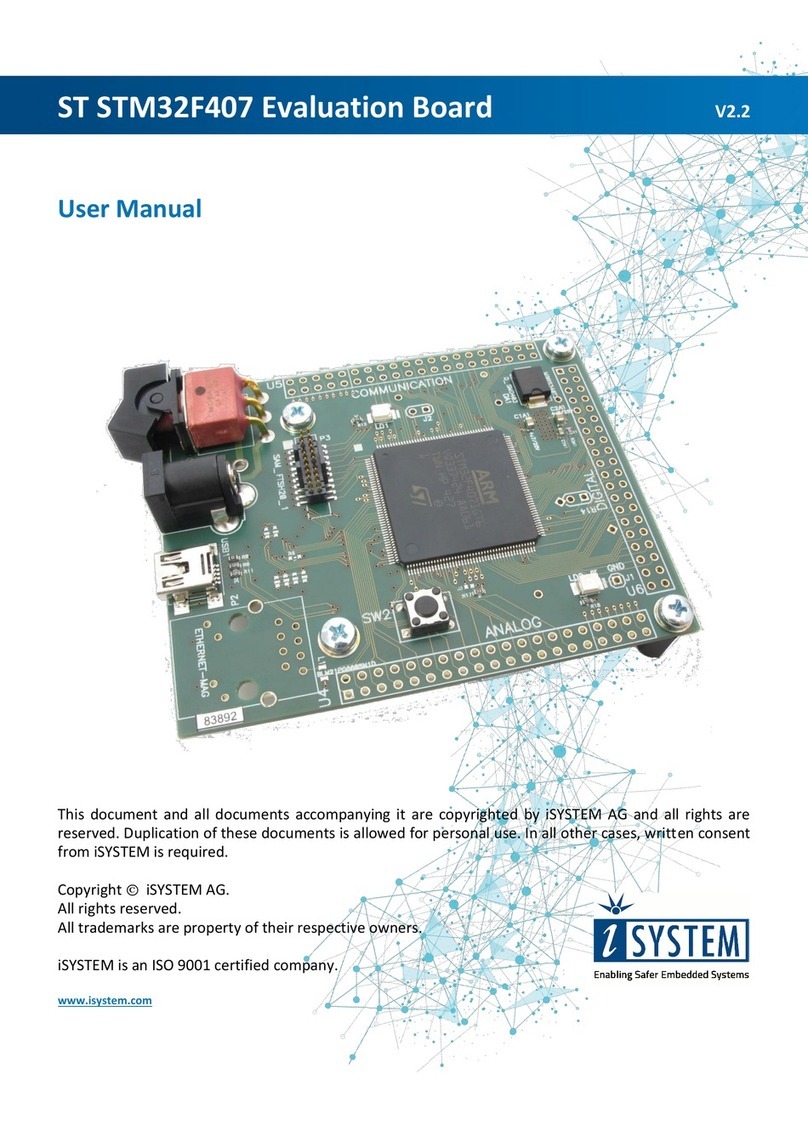
ST
ST STM32F407 Series User manual

ST
ST STM32 Nucleo Installation and operating instructions
